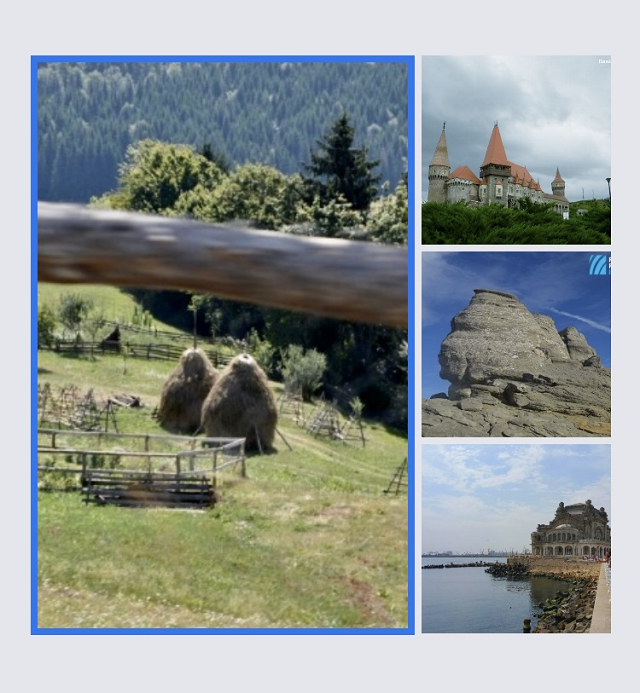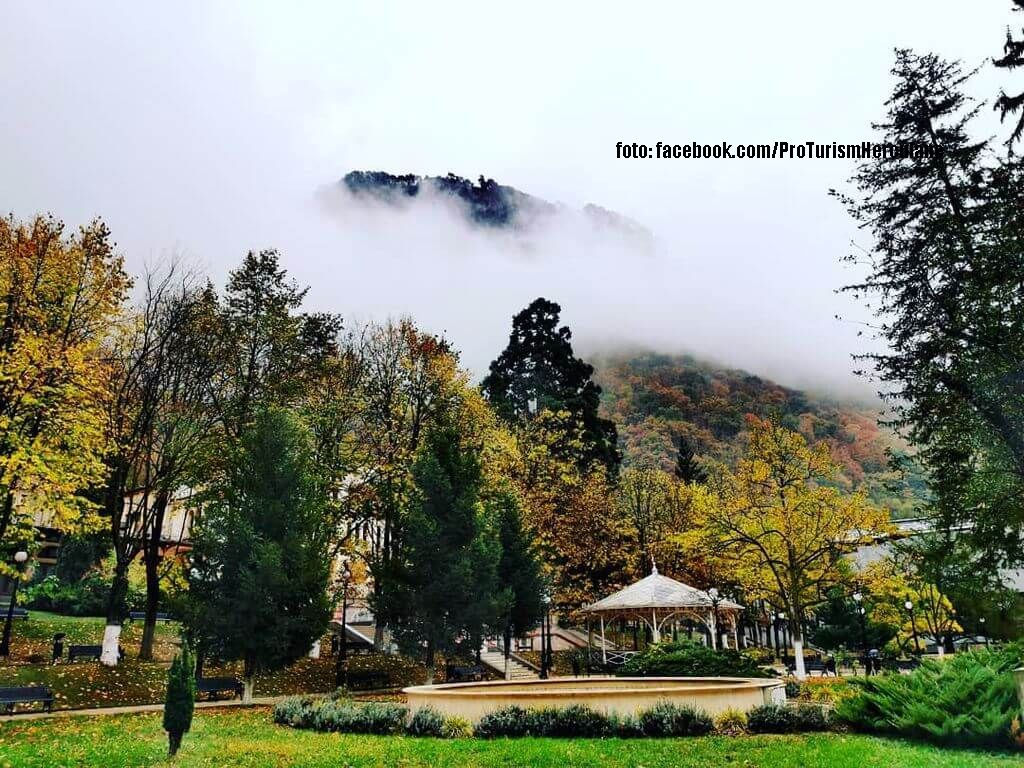Traveller’s Guide
A look back at the show's tourist destinations in 2021.

Daniel Onea, 13.01.2022, 14:00
2021 was another atypical year,
with many restrictions caused by the coronavirus pandemic and with tour operators
trying to adjust their offers to meet health safety requirements. Under the
circumstances, outdoor packages were in most demand, but there was also a
growing interest in packages for traditional destinations and city-breaks.
In our first show in 2021, we
looked at one of the most ambitious tourist projects in Romania called Via
Transilvanica. Still in progress, it involves the restoration of 1,200 km of road,
from Putna, in the north of the country, to Drobeta Turnu Severin in the
south-west, crossing all of Transylvania. The journey takes from several days
to several weeks, and information is also available about places to eat and spend
the night, as well as the history and culture of the various geographical areas
visitors pass through.
The show’s next stop was Buzău
county, which is home to the spectacular muddy volcanoes and an amber museum established
recently with European funding. From Buzău we travelled to Râșnov, in the heart
of Romania. Surrounded by mountains, this was the first tourist town in the
country to benefit from European funding for promotion back in 2009. A town
with a rich history, Râșnov has a beautiful mediaeval fortress where many
cultural events are held, but it is also popular with mountain enthusiasts, as
many trekking routes begin here.
The show next travelled south, to
the Danube and Mehedinți county, which is the ideal destination for cave
tourism, mountain climbing, rafting, horseback riding and cycling. And if you
take the Orșova-Cazanele Mari route, you’ll be able to see some of the most
breath-taking landscapes created by the river Danube, as well as many
historical sites. Satu Mare county, in the north, is
another equally interesting destination, with its Somes Valley being well known
for its precious metal mining tradition. From here we went to the Roman castrum
of Porolissum and the Grădina Zmeilor nature reserve, while sampling the local gastronomic
offer in Sălaj county.
When spring arrived, the show
visited the spring edition of the Romanian Travel Fair, which was held
exclusively online, but brought together lots of participants and interesting
packages. The next destination was Transylvania, more precisely Harghita county,
with its surprising landscapes and family friendly sites. South of Harghita, Prahova
Valley is one of the most popular tourist destinations in Romania, with lots of
opportunities for active tourism, as well as wine tasting events, not to
mention rich in history and culture.
In 2021, the show also discussed a
transnational project funded with European Union money aimed to promote cycling
along the river Danube and in which Romania is also involved alongside nine
other Danube countries. The Danube Delta is another must on the list of places
to see in Romania, with the nearby Dobrogea region being home to archaeological
sites, beautiful river gorges and old monasteries, among others. From the Danube
Delta Biosphere Reserve, the show then travelled to the Piatra Craiului
mountain reserve, with its stunning mountain peaks. With tourists looking to spend
more time outdoors because of the pandemic and social distancing, horseback
riding became an increasingly popular activity. Romania has also embraced this
trend and boasts many stables and horse riding schools located in the middle of
nature, some close to nature reserves. One such reserve is in Apuseni
Mountains, which are not the tallest of mountains, but are ideal for many different
activities.
With coronavirus restrictions easing
over the summer, the show visited Vâlcea county, home to many monasteries and spas,
and then the multicultural Timiș county, before travelling to the Black Sea coast.
The fortified churches of Transylvania are another favourite destination for
travellers to Romania, as is the mediaeval town of Sighișoara, which was added
in 1999 on the UNESCO world heritage list.
In this part of the world, grapes
are picked in autumn, so as fall came, the show discussed the Romanian wine
making industry, a sector that is not only very large and growing, but also
increasingly recognised for the quality of the wines it produces. The show then
travelled to Romania’s first urban nature park located just 5 km from the
centre of Bucharest, the Văcărești Nature Park. The list of outdoor activities
continued with a trip to Bucegi Mountains, followed by Hunedoara, with its
gastronomic attractions such as bacon salami, truffle cheese, olive cheese and
fruit spread. Towards the end of the year, the show visited two historical
regions, Bukovina and Maramureș, rediscovering why they are in such demand for
spending the winter holidays. In our last show in 2021, we talked about where
visitors can spend New Year’s Eve in Romania. (CM)






























